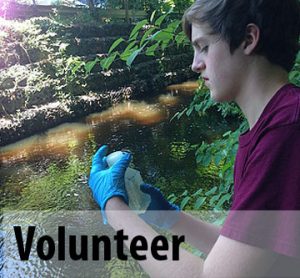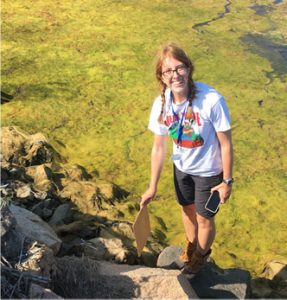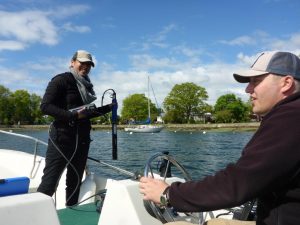 For residents of the Long Island Sound region who care about a clean and healthy environment, community science is a powerful tool to drive awareness and change. In an age when people feel bombarded by different messages about the state of our environment and the actions needed to protect or restore our polluted waterways, quality data on local conditions cut through the noise and focus decision-makers on the facts. It provides evidence to back up our advocacy and legal efforts, and shows us where pollution-busting projects are most needed.
For residents of the Long Island Sound region who care about a clean and healthy environment, community science is a powerful tool to drive awareness and change. In an age when people feel bombarded by different messages about the state of our environment and the actions needed to protect or restore our polluted waterways, quality data on local conditions cut through the noise and focus decision-makers on the facts. It provides evidence to back up our advocacy and legal efforts, and shows us where pollution-busting projects are most needed.
Community science is scientific research conducted wholly or in part by amateur scientists. At Save the Sound, our staff scientists train citizen volunteers to participate in different aspects of our research programs. This approach allows us to involve residents in measuring local environmental conditions, identifying pollution, and activating their own community to address pollution sources.
 Save the Sound has two multi-year research programs that include community scientists. The first, started in 2013, is our fecal bacteria monitoring program which involves volunteers in weekly collection of water samples from the Sound and its tributary rivers and streams during the summer months. This study relies on consistent commitment from 12 – 20 volunteers from Westchester County, western Fairfield County, and Queens, NY.
Save the Sound has two multi-year research programs that include community scientists. The first, started in 2013, is our fecal bacteria monitoring program which involves volunteers in weekly collection of water samples from the Sound and its tributary rivers and streams during the summer months. This study relies on consistent commitment from 12 – 20 volunteers from Westchester County, western Fairfield County, and Queens, NY.
Our second and largest program is the Unified Water Study, which assesses the ecological health of our bays, harbors, and coves by measuring the impacts of nitrogen. Launched in spring 2017, this study trains and supports multiple monitoring groups working all around Long Island Sound. Most of the participating groups, including Save the Sound, work with volunteers in this study which runs from May through October.
 Here’s how you can get involved:
Here’s how you can get involved:
- Volunteer for our summer fecal bacteria monitoring program in the western Sound
- Find a Unified Water Study group near you and volunteer for them.
- Check out our bacteria monitoring data in the western Sound.
- See the bay, harbor, and cove water quality data gathered through the Unified Water Study.
